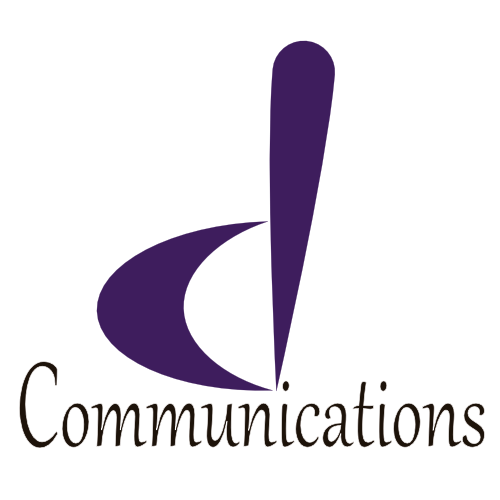Last updated on March 14, 2022

You have communicated your return-to-work plan to your employees. Maybe you started welcoming some of them back to the site. Now what?
Create your change communications plan
As employees return to the workplace, they have to reacquaint themselves with an environment that may be different and have to adopt new behaviours. Now is the time to deploy your change management communication plan with a goal to establish your new onsite or hybrid community (in-person and virtual) and preserve the employee experience. Consider this:
Hopefully, the worst of this pandemic is behind us. That said, uncertainty remains high. In fact, the virus continues to spread in many Canadian provinces. Employees returning to the workplace are likely preoccupied about health risks. Even if fully vaccinated, they can carry the virus and transmit it to vulnerable groups like young children and ageing parents with comorbidities. How will you keep them and make them feel safe? How will you rally them to focus on safely growing the business?
Proof of vaccination is becoming a reality in many parts of the country. Some people are or will be fully vaccinated, some will choose not to and some simply cannot be vaccinated. How will you manage the impact of such a complex situation in the workplace?
Employees at your workplace may contract the virus in the future and rising cases in parts of the country may prompt new provincial or federal restrictions. The point is, until the pandemic is officially over, your COVID-19 plan and protocols must be regularly updated, communicated and ready for emergency deployment.
The way we conduct business has changed. Even if all employees at your site are back in-person, your customers and other third party stakeholders may still require virtual interactions only. How have you adjusted your requirements for conducting business with external stakeholders?
Favour practical information and engagement
Here are 3 goals you should include in your communications plan:
1 – Reorient employees: Make sure employees understand your expectations and new requirements. This includes:
- New protocols (access to workplace, screening, external visitors and contractors, etc.)
- Workplace layout.
- Overall etiquette (open space, offices, common areas including meeting rooms, …).
- Requirements for visiting external third parties such as customers or suppliers.
2 – Ensure awareness of emergency measures: Plan for and clearly communicate your emergency COVID-19 protocols including scenarios such as return to remote work.
- What happens if one (or more) employee tests positive? What is your outbreak protocol?
- What resources and support do you offer employees?
- If you require an employee to travel, what support will you provide if this employee becomes stuck abroad because of a sudden change in COVID-19 guidelines?
3 – Nurture relationships with and amongst employees: Many of your leaders will have to support the organization’s needs and the needs of their employees; these needs may sometimes conflict. Your ability to engage your internal audiences will be key in maintaining their support and trust.
- Solicit regular feedback from employees to finetune your approach and identify any gaps that you need to address. Importantly, take action on the feedback as much as possible.
- Engage your leaders to create buy-in and support.
- Find ways to allow human connections between on-site and remote employees (how are you replacing the watercooler conversations?).
If you have a hybrid workforce, you will have to determine what is relevant to each audience. However, news travel fast between office and remote staff so you have to make sure no one feels left out of an important communication which you may think is less relevant to them. For example, remote employees may not need to receive weekly site updates but they will need to understand what health and safety protocols must be followed when they occasionally visit the workplace or third parties.
Also, be ready to address inquiries from your external stakeholders about your COVID-19 measures and your ability to maintain business continuity in the event of a change in provincial, federal or international guidelines.
Last, what you communicate is important; so is how and when you communicate it. No matter how great your content is, it will be ineffective if it is poorly communicated or if no one notices it.
Click here to download a free Return to the workplace communications checklist. If you need help creating or finalizing your return-to-work communications plan or tactics, feel free to reach out to us. We will be happy to support you!

Comments are closed, but trackbacks and pingbacks are open.